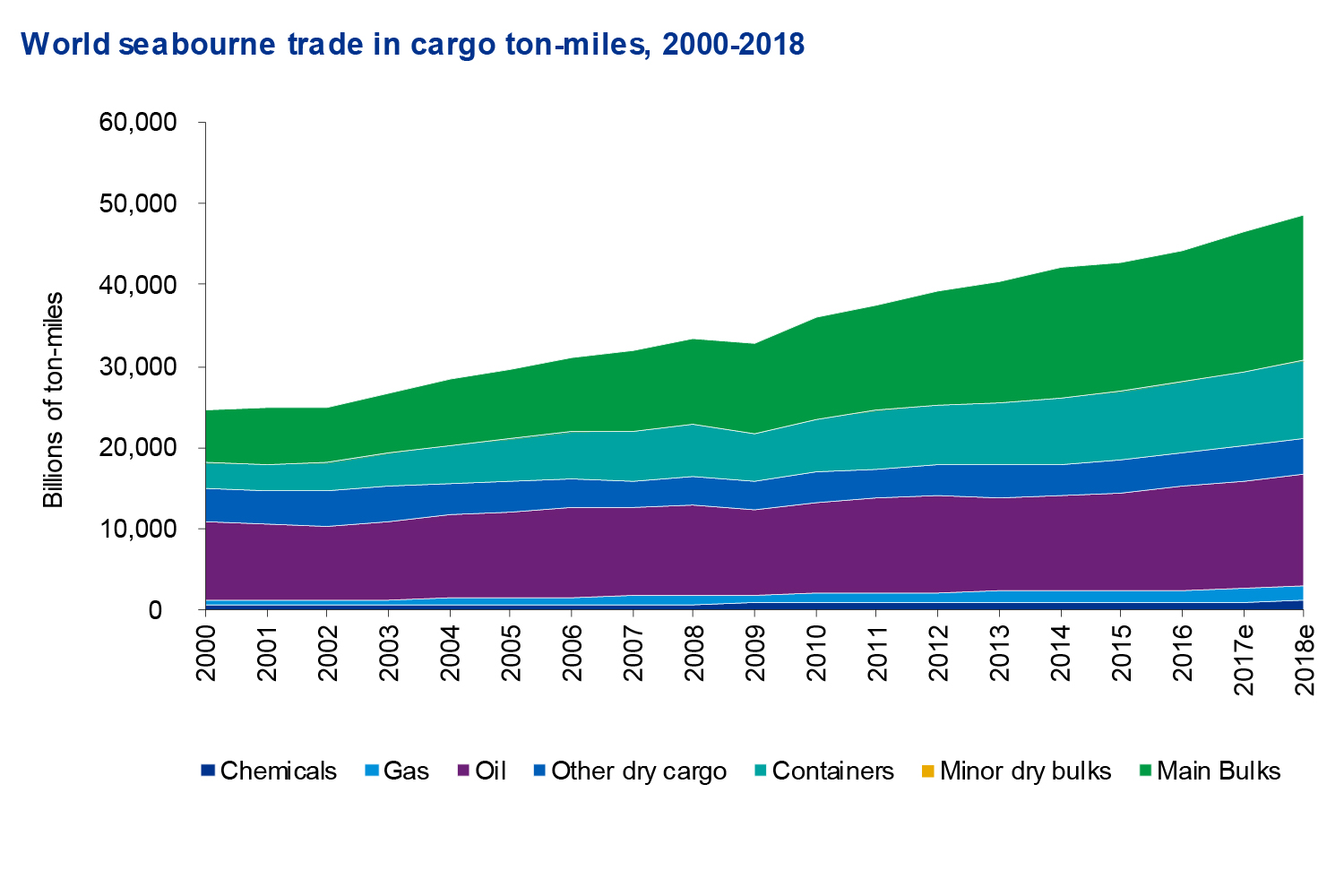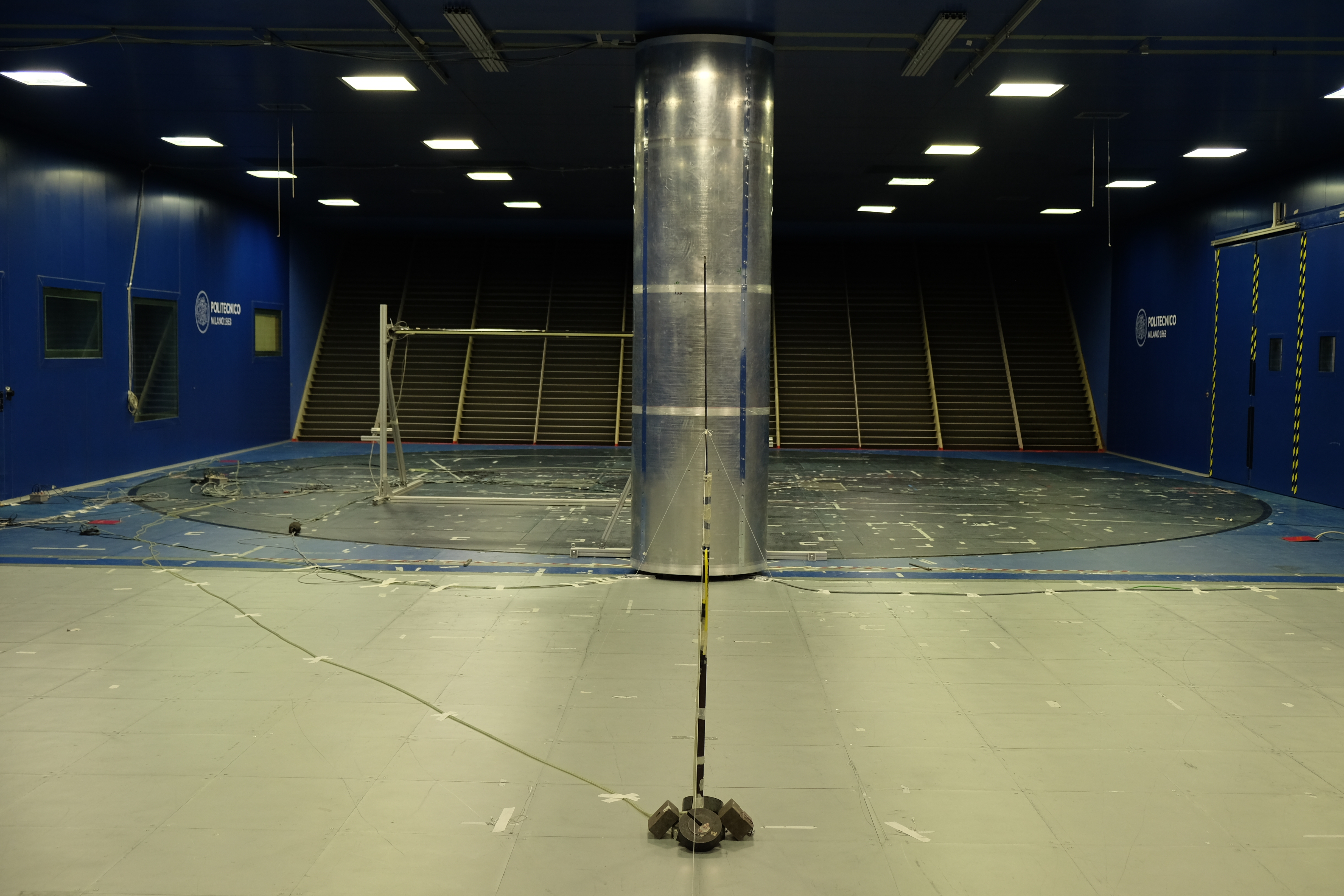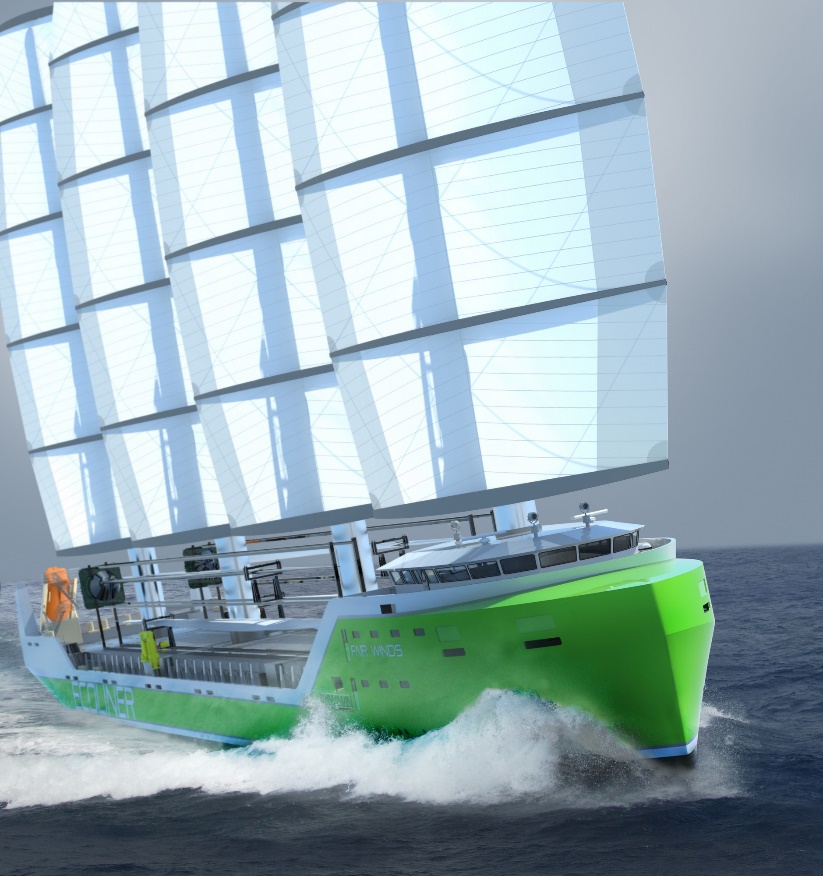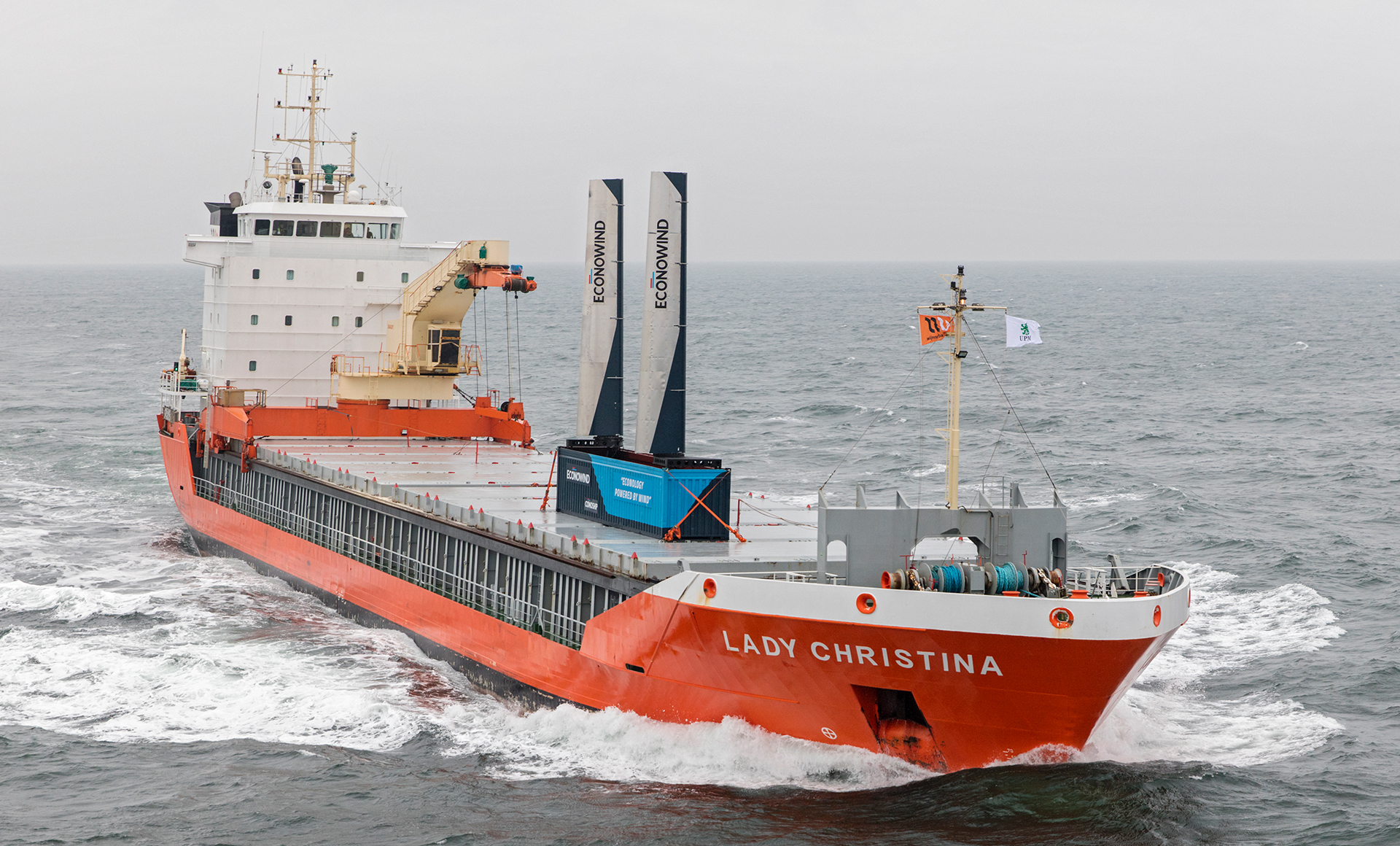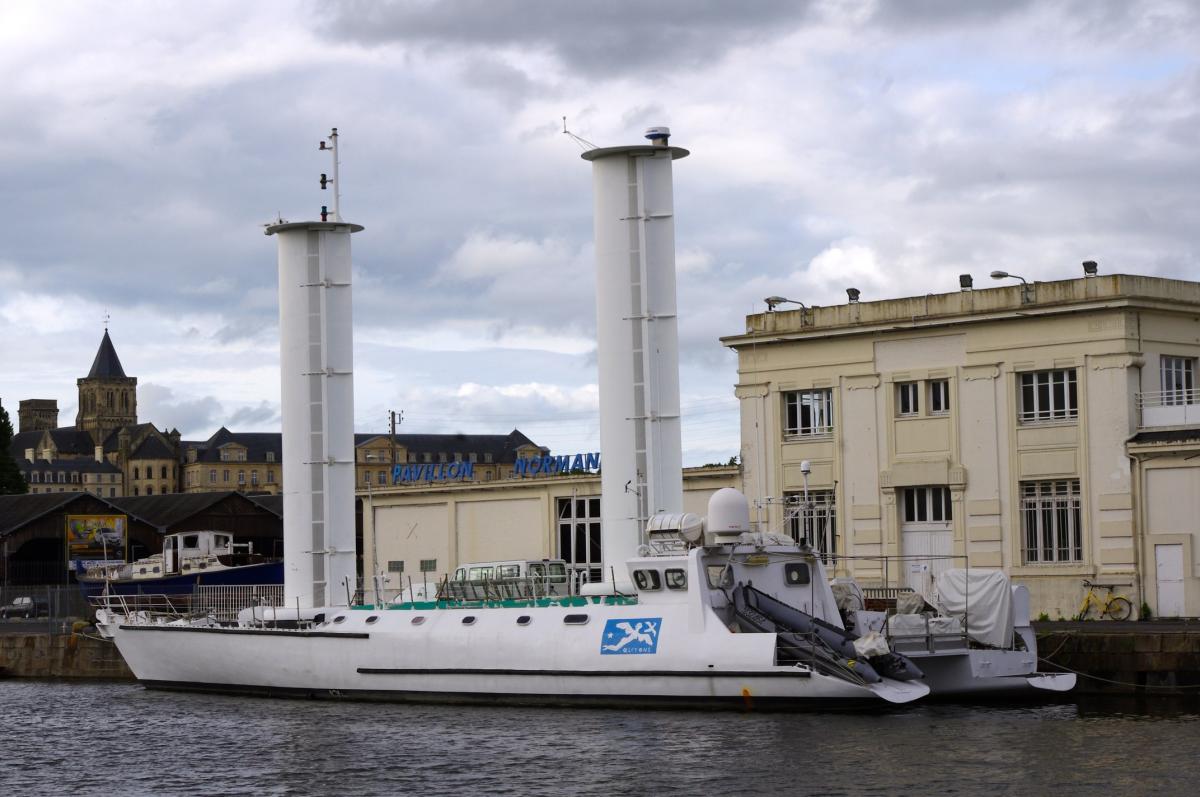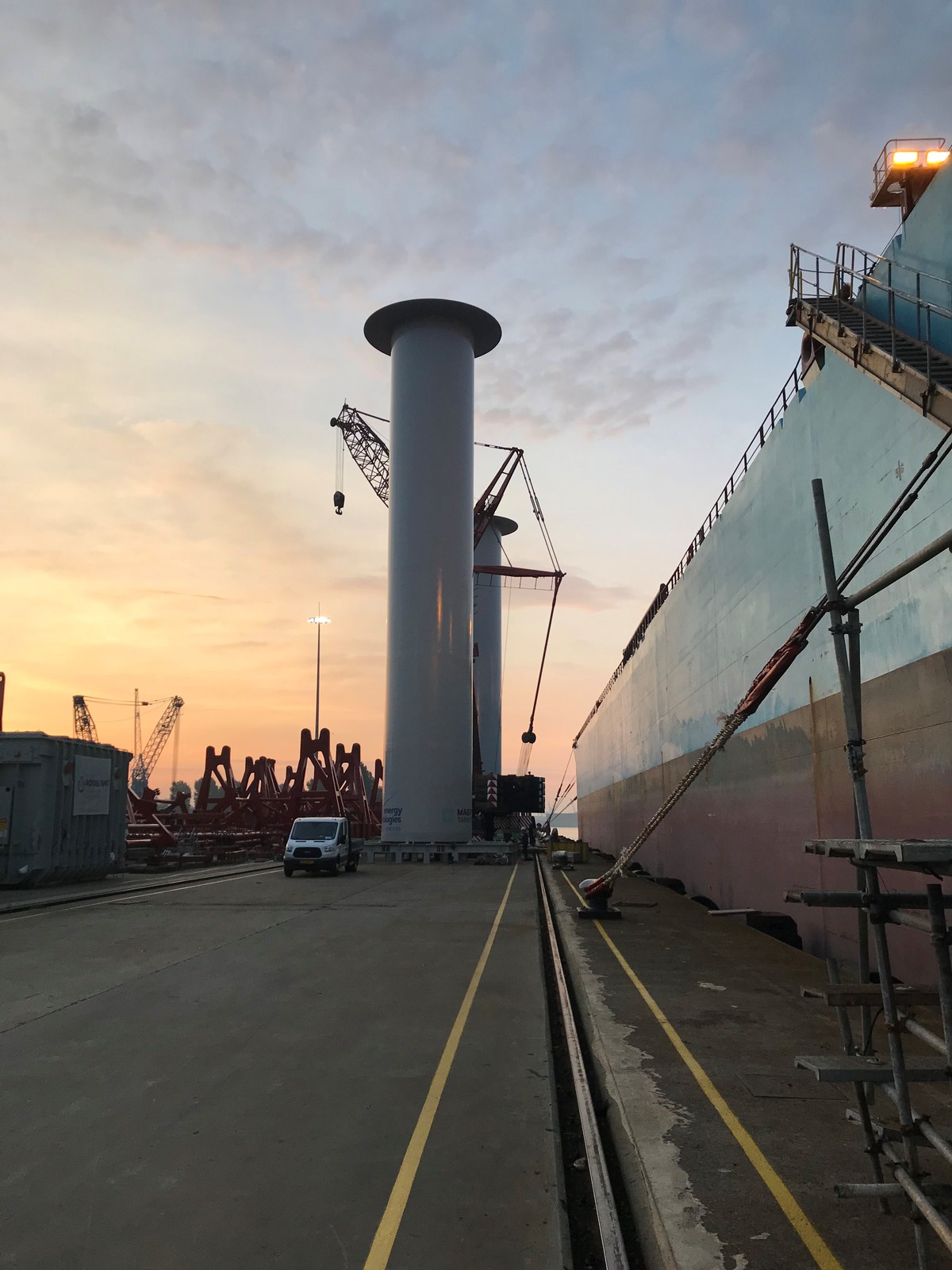Will steel sails make ships more sustainable?
Tougher regulations are forcing maritime operators to reduce their greenhouse gas emissions. Two PhD studies into wind-assisted propulsion show double-digit fuel savings.
Since 1 January 2020, environmental issues have become pressing for international shipping. The maximum sulphur content in maritime fuel has been limited to 0.5% instead of the previous 3.5%, causing major shake-ups in maritime fuel prices globally.
The sulphur reduction was only the first measure by the International Maritime Organisation (IMO) in its mission to reduce emissions from shipping. After sulphur oxide emissions, greenhouse gases like CO2 will be limited as well. The IMO was commissioned to bring international shipping in line with the Paris agreements on limiting greenhouse gas emissions. This ambitious programme is known as IMO 2020.
Under IMO 2020, emissions from international shipping (currently about 2% of the global carbon emissions, the equivalent of air transport) will have to be halved by 2050. We’re talking about 50,000 ships in a growing maritime transport market. So either globalisation will have to go in reverse, or ships will have to become much more fuel efficient.
All ships visiting EU ports will have to take energy efficiency measures as soon as 2023, says Nico van der Kolk, PhD researcher at the Faculty of Mechanical Engineering (ME). Underpinning its energy efficiency improvements is the IMO’s Energy Efficiency Design Index (EEDI), Van der Kolk explains, and grassroots activism in European harbours that use IMO’s guidelines to put pressure on shipping companies to innovate.
The IMO will use the EEDI to define minimum energy standards for new ships. At the same time, the large existing fleet will have to comply with improved energy efficiency as well to avoid overly slow progress. Part of the energy savings may be operational, such as reducing speed and using shore power when in harbour. Other energy savings, amounting to an estimated 10-20%, may come from sails, although these may take unexpected shapes.
Setting sail
There is an on-going research programme into Wind Assisted Ship Propulsion (WASP) at TU Delft. Recently, there was a PhD thesis on the aerodynamics of wind assisted ships and one on hydrodynamics will follow shortly. Professor René Huijsmans and Dr Lex Keuning from Maritime Engineering at the ME Faculty supervised the researchers. Prior to the two PhD studies, in 2014, there was a pioneering master study on ‘improving the performance of a sail assisted cargo vessel’ by Emiel Morbon.
Dr Giovanni Bordogna, who defended his thesis last January, studied the aerodynamics and the interaction between masts. What forces do a couple of sails on a ship’s deck generate, and under what circumstances? Bordogna did his measuring in the Polytechnic University of Milan’s large wind tunnel. He needed a tunnel of these large dimensions to accommodate a scale model that was as close as possible to the real thing (typically 18 metres high and 3 metres across). The sail under study is a vertical rotating cylinder known as a Flettner rotor. We’ll come to that.
The other TU Delft PhD candidate, Nico van der Kolk, studied the hydrodynamics of the hull under sail. He did his measurements in the TU Delft towing tank, measuring the forces on the ship model while it was towed through the water. “Sails induce various forces on a ship,” Van der Kolk explains. Next to the forward directed force, which supports the ship’s propulsion, there is generally also a side force. This lateral force makes the ship heel over and push it off course. Van der Kolk has experimented with keels and fins in various forms (called ‘appendages’) to minimise adverse effects of sails on large ships. He expects to defend his thesis Sailing efficiency and course-keeping ability of wind-assisted ships around April 2020.
Three modern ‘sails’
Modern wind assisted propulsion devices look less and less like the sails on a 19th century clipper. Novel materials, better knowledge of aerodynamics and the availability of mechanical power on board have led to innovative designs, some of which are not readily recognisable as sails. Below are three modern sail types, although some have roots going back almost a century.
Dynarig
The most classic looking of the modern sailing technology is the Dynarig. Although inspired by clippers, the German inventor Wilhelm Prölss used modern technology to create something that was unthinkable at the time: three freestanding masts that can be controlled by one man at a panel. It’s estimated that the rig is twice as efficient as a classic sailing rig. Dykstra Naval Architects used Dynarig on the legendary sailing yacht Maltese Falcon and, most recently, the Black Pearl. It is also Dykstra’s choice of rig for its Ecoliner, a concept design for a hybrid freighter. ‘The WASP can set an example in shipping by showing that wind propulsion is a viable option’, states Dykstra’s web page.
Turbo sails
Another wind assist ship propulsion technology won last year’s Maritime Innovation Award: the eConowind unit. With two sails fixed in a 40 foot shipping container, eConowind seems the ultimate retrofit. Just lash it onto the deck, operate it, and save fuel.
Guus van der Bles, Director of Development at Conoship International BV, worked as an Assistant Professor in ship production at TU Delft until September 2015. He developed the so-called Ventifoils as a compact form of wind assisted ship propulsion.
Ventifoils are based on aspirated sailing whereby air is sucked in through ventilation holes in the mast, more or less opposite to the wind direction. The active suction increases the pressure difference across the sail, resulting in up to four times more force per area than passive sails. The technology is known as turbosail, and the French maritime explorer and adventurist Jean Jacques Cousteau patented it in the mid-1980s.
Rotor sails
Rotor sails look rather like chimneys. The large cylindrical mechanical sails spin in the wind, creating a pressure differential and propelling the ship forward. Last year the oil tanker Maersk Pelican tested two rotors for over a year and reported 8.2% fuel savings.
This most industrial form of sailing, also known as the Flettner rotor, is almost 100 years old. An early prototype, the Buckau, crossed the Atlantic Ocean as early as 1925, but then the technology was forgotten.
When climate change became a major issue and engineers started to look for ways to harness the power of the wind to cut back CO2 emissions, rotor sail technology re-emerged. Almost a century later, the typical large mechanical Flettner rotors reappeared on the E-Ship 1 in 2010. A handful of ships, both freighters and ferries, have been equipped with Norsepower rotor sails.
Return of the masts?
According to Norsepower, currently the market leader in rotor sails, European ships are switching back to sails. They explain why to the American Forbes business magazine. The Economist also wrote that ‘wind powered ships are making a comeback’. So are we witnessing a return of sailing cargo vessels?
Emeritus Professor René Huijsmans of Ship Hydromechanics and Structures, who supervised both PhD studies, comments that “There was a lot of research into sail assist technologies in the 1980s. The Dynarig, the Flettner rotor and turbo sails all date back to that period. But when oil prices dropped, so did the research. Now there is something else at play: the environmental pressure of reducing carbon emissions. So people are reaching back to those fuel saving technologies.”
“The ecological pressure is highest in the Baltic,” says co-promotor Dr Lex Keuning, “which makes it a favourable region for sail assist technology. Unfortunately, the winds there are weak. That means you need to put more sail of whatever form you favour. Can I say we developed a new technology that allows Flettner rotors to sail higher into the wind? Oops, I just did. ”
The ship structure experts have considerable doubts about ‘retrofitting’ a mast on a motor driven ship. When a mast delivers a serious proportion of a ship’s propulsion, the forces are large and the mast needs to be firmly attached to the ship. And, as if the structural means of affixing the mast are not enough, the hull also needs to be modified to deal with the transverse forces on the ship. “Which means a new ship,” sums up Huijsmans.
How then do Huijsmans and Keuning expect ecological pressure to influence future shipbuilding? They both see sail assist technologies as an intermediate solution. “Eventually, I think we’ll see a switch to carbon-free shipping fuels,” says Huijsmans, “either hydrogen or synthetic fuels.” Keuning has another option. “I think we’ll see nuclear reactors return on board. It’s a powerful, reliable and emission free source of energy.”
Moment in the sun
The two PhD Maritime Engineering (Faculty 3mE) candidates have joined forces in a new consultancy firm called Bluewasp Marine. Their start-up calculates the savings that may be expected from modern sails retrofitted on existing ships. How much fuel will the unit save and what is its payback time? They believe that IMO regulations will increase interest in wind assist ship propulsion technologies. “We both want to continue in this line of work,” says Van der Kolk. “Sail assist installations will be an important issue. WASP technology will have its moment in the sun.”
Further reading:
- Fred Pearce, Future sailors: what will ships look like in 30 years, The Guardian, 3 May 2018
- IMO, Reduction of GHG emissions from ships, Wind propulsion solutions, 24 January 2020
- Daan Sparreboom (TU) “Weather Routing of motorsailers” (2012, SDPO.12.013.m)
- Jochem Grootjen (NHL-Stenden Hogeschool), ”DynaRig Geometry Optimization”, 12 nov 2019.

